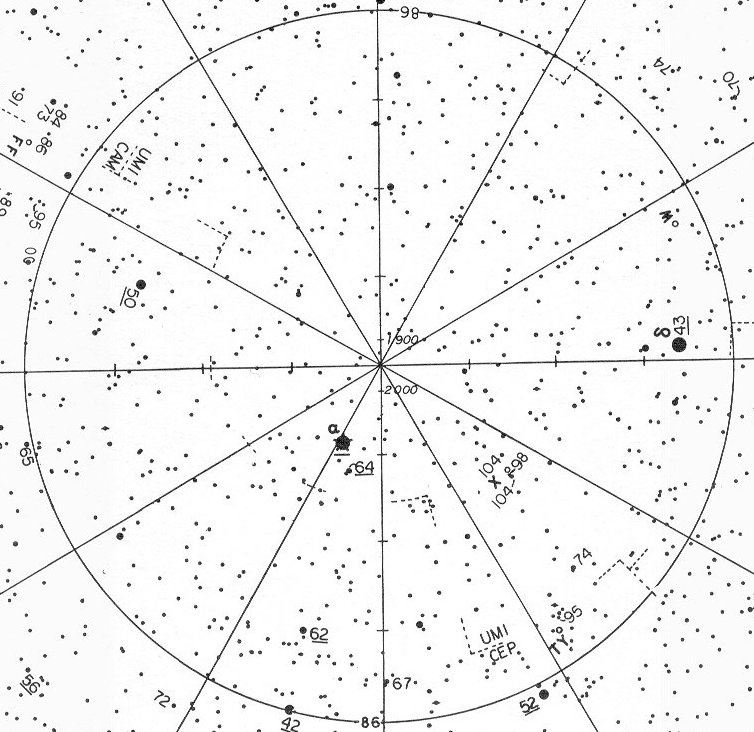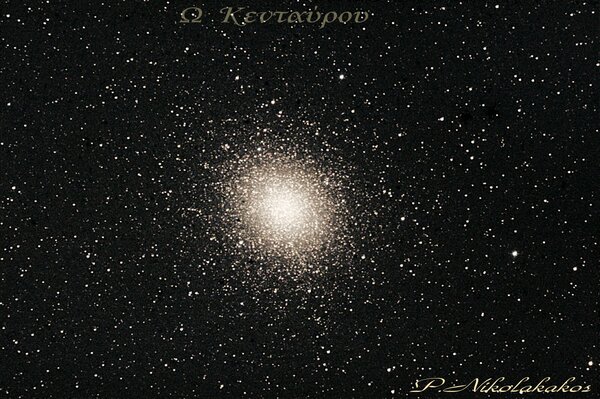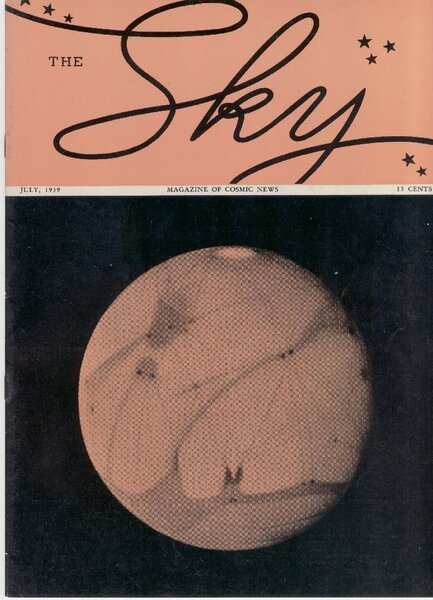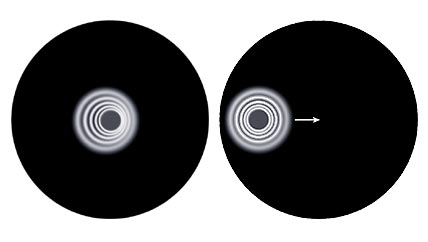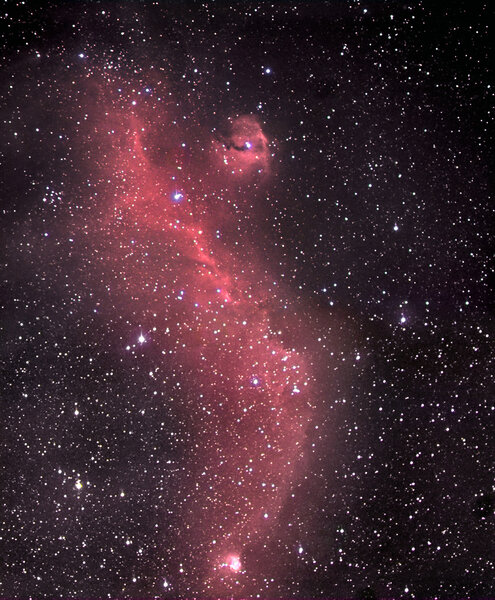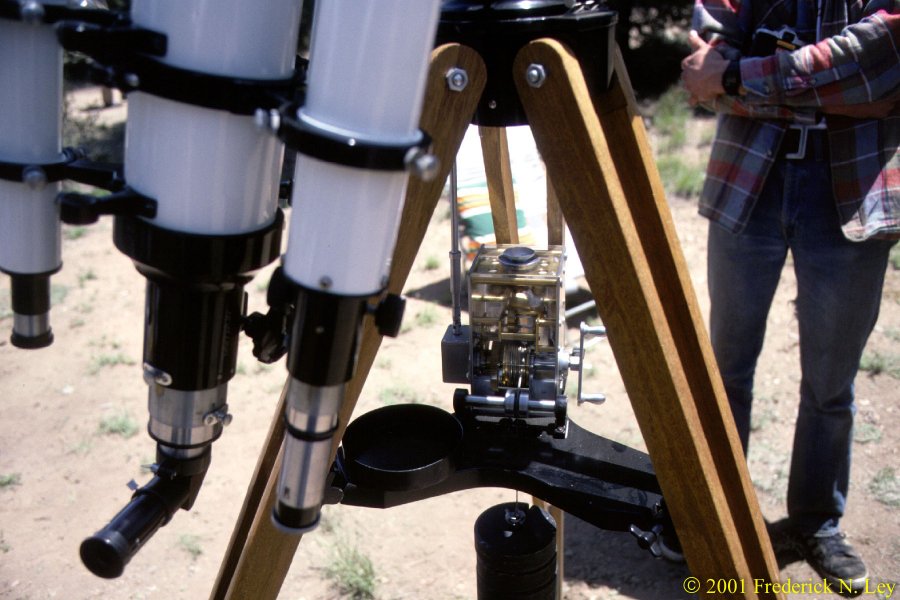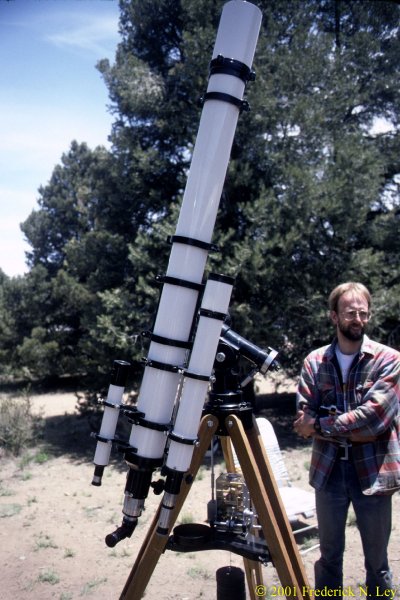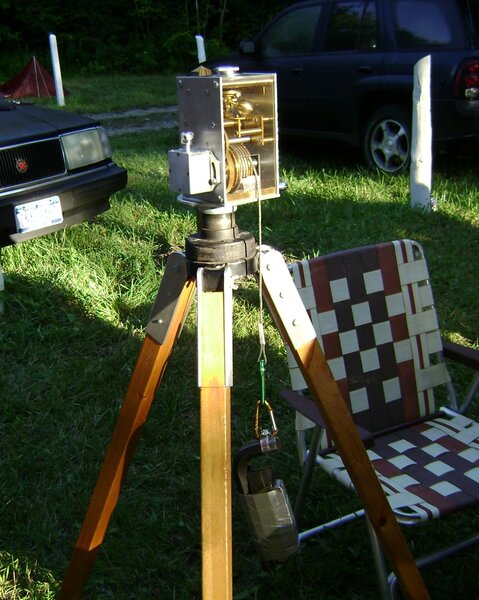-
Αναρτήσεις
1731 -
Εντάχθηκε
-
Τελευταία επίσκεψη
-
Ημέρες που κέρδισε
1
Τύπος περιεχομένου
Forum
Λήψεις
Ιστολόγια
Αστροημερολόγιο
Άρθρα
Αστροφωτογραφίες
Store
Αγγελίες
Όλα αναρτήθηκαν από Fred Ley
-

Που θα βρω χάρτες μεγάλων κυβικών;
Fred Ley απάντησε στην συζήτηση του/της planetman σε Αστρονομικές Εκδόσεις
You may find some assistance from the Digital Sky Suyvery. This link will take you there... http://archive.stsci.edu/dss/index.html -Fred -

Focuser Compression Ring
Fred Ley απάντησε στην συζήτηση του/της B.D. Foxmoor σε Πού και πώς να αγοράσω;
One easy alternative is to use screws that have a nylon insert on the end. That will, at least, do away with the marring of the eyepiece tube. It is an inexpensive route. -Fred -
-

optcorp.com -- Τις γνώμες σας!
Fred Ley απάντησε στην συζήτηση του/της pdomazin σε Πού και πώς να αγοράσω;
Don't forget that places like OPT receive lots of e-mail every day. While I am certain that they strive to answer back in a timely fashion, the volume of e-mail may at times may be somewhat overwhelming. Perhaps giving them a call might be of use and also inquire if you can just fax in your order. Dealers do not ship new items to countries that already have a representative. The only legal around that is if... 1. You personally fly to the country of the manufacturer. 2. You are purchasing a used item from a dealer located in the country of the manufacturer. 3. You have a friend who lives in the country of the manufacturer pick up the item and ship it you. 4. Having a friend who is visiting the country of the manufacturer and picks up the item for you. Those are the options that readily come to mind. -Fred -

Phoenix: Αποστολή στον Άρη - προσεδάφιση
Fred Ley απάντησε στην συζήτηση του/της KonstantinosM σε Διάστημα
YES! We are back on Mars and I can't wait to see what the results of this mission will be. I hope that the current instrumentation package will be able to find a trace of something. -Fred -

Πολική ευθυγράμμιση ακριβείας - Απορία.
Fred Ley απάντησε στην συζήτηση του/της ammonite σε Λήψη αστροφωτογραφίας deep sky
Ammonite, Here is a detail scan from the AAVSO star atlas of the North Celestial Pole. Alpha Ursa Minor is prominently labeled and also gives one an idea of scale. I don't know if this may be of any immediate aid to you but nevertheless it may be of use to you in helping you acheiving polar alignment. -Fred -
-
-

Sky & Telescope March 1948
Ο Fred Ley σχολίασε σε Fred Ley για αστροφωτογραφία Διάφορες αστρονομικές φωτογραφίες
-
-

Sky & Telescope March 1948
Fred Ley δημοσίευσε μία αστροφωτογραφία σε Διάφορες αστρονομικές φωτογραφίες
-

Astronomy/Space themed currency
Fred Ley δημοσίευσε μία αστροφωτογραφία σε Διάφορες αστρονομικές φωτογραφίες
Here are four different pieces of currency that have an astronomical/space theme to it. The top currency is from Romania showing the August 11, 1999 total solar eclipse path across Romania, the second is from India showing their satellite in orbit, the third is from Armenia showing the late astronomer Viktor A. Armbatsumian, who studied galaxies, and an observatory and the last one is from Switzerland and depicts Heinrich Wilhelm Olbers known for Olber's Paradox. -

optcorp.com -- Τις γνώμες σας!
Fred Ley απάντησε στην συζήτηση του/της pdomazin σε Πού και πώς να αγοράσω;
Hi Niko, Its me again. Tell you what, I'll give the good folks at OPT a call this evening and ask them real quick what the procedure is for placing an order from Greece and wanting to pay using Paypal. They should be able to give me a quick answer as to how to go about it. They open at noon on Sunday which is 10 p.m. here in Greece. So I'll call them this evening and pass on to you whatever information I find out. -Fred -

optcorp.com -- Τις γνώμες σας!
Fred Ley απάντησε στην συζήτηση του/της pdomazin σε Πού και πώς να αγοράσω;
Hi Niko, Since you are experiencing some difficulties trying to order on-line, just give they guys at OPT a call and ask them if you can fax your order in. That should work and it may be safer than sending your credit card number using e-mail as some people don't like to do so for security purposes. Yes, toll-free numbers work only in the US and not from abroad. Hope this is of some help to you. -Fred -
Hi Frank, Yeah, Al keeps churning out new eyepieces. What else can he do. At least they are all quality items and gives us an great excuse to dig deeper into our wallets. The new 13mm Ethos sounds like it is something that I would like to look through on a 20-inch dob while viewing a globular star cluster or some galaxies. Years ago I viewed M13 and M31 through an original 13mm Nagler on a 24-inch scope. The view blew your socks off. The new 8mm must be great too. I am curious as to how the Moon will look through this one. Probably similar to the Apollo film footage taken from lunar orbit. So, when do you take delivery of your two 8mm GR8's (Great)'s? -Fred
-

Outstanding lunar images
Fred Ley απάντησε στην συζήτηση του/της ngc4565 σε Φωτογράφηση ηλιακού συστήματος
Hey Frank, Them is some really sharp images that Wes took. I checked out the one showing Plato and the Alpine Valley. Wow, there sure is a lot of small craters on the floor of Plato. I know that Plato has quite a few craters, but this image shows a lot more. He aslo has been able to pick up those small craters in the Alpine Valley too. I'll go ahead and peruse through his site and enjoy his other images. Thanks for the heads up. -Fred -
There is a very nice instructional video on collimating a Newtonian telescope located at http://www.andysshotglass.com/Collimating.html I watched the video and found it to be really good. It is in English and I do not know if that will be something to consider. The magnified and out of focus star disks that I mentioned look like this example that I took from another web site in order to show you an example of what I am trying to explain. Like they say "a picture is worth a thousand words". Polaris is a good choice to collimate with as you do not need a clock drive if you have a Dobsonian telescope. Another web site that talks about collimation is located at http://web.telia.com/~u41105032/kolli/kolli.html -Fred The crcles are not concentric in the image on the left. They should look like the image on the right.
-

Determining Date Of Easter - Καθορισμός της ημέρας του Πάσχα
Fred Ley απάντησε στην συζήτηση του/της Fred Ley σε Λοιπές Αστρονομικές Συζητήσεις
Hi Everybody, Ok, so that's how the date of Easter is determined. Thanks for the feedback. -Fred -
Hi Nisam, When you feel that you have achieved correct collimation, look at a star and slightly make an adjustment to your focus until the star looks like a disk. You will see the diffraction rings which are evident under higher magnification. When you are able to have the star centered in the diffraction ring, the circles all look like circles, your optics should be highly collimated. Hope this helps. -Fred
-

Πως τονίζεται τέλος πάντων αυτη η λέξη....
Fred Ley απάντησε στην συζήτηση του/της Tilemachos Athanasiadis σε Λοιπές Αστρονομικές Συζητήσεις
Hmmm... To me it just sounds like the joining of ASTRO and VOX. Which make up ASTROVOX-there that is easy. Hah! So much for scholastic contribution. -Fred -

Determining Date Of Easter - Καθορισμός της ημέρας του Πάσχα
Fred Ley δημοσίευσε μια συζήτηση σε Λοιπές Αστρονομικές Συζητήσεις
HI Everybody, I was wondering how the date of Easter is determined in Greece. Does anyone have a clue? I would be interested in finding out. For me Easter is determined as the first Sunday after the first full moon after the Spring Equinox which is why East fell on March 23 this year. It made it the earliest Easter since 1913 when Easter was last on March 23. The next March 23 Easter will happen on March 23, 2228 which is 220 years from now. The earliest possible date for Easter is March 22 and that last happed on Mar 22, 1818. The next March 22 Easter will happen on March 22, 2285 which is 277 years from now. -Fred -
Hey Dimitri, Cool! This came out real nice. I guess that one can still do a certain amount of ccd work on deep sky objects from Athens, as you image shows. With all the narrow band filters on the market one cane really "tune-in" to different wave lengths of light. I have an old Celestron Ha filter that threads on the rear cell of a SC. Just need to grab a ccd camera and move forward. Hope to pick one up when I fly back home this summer. -Fred
-

Tι προσοφθαλμιο για DEEP SKY ??
Fred Ley απάντησε στην συζήτηση του/της pascal σε Προσοφθάλμιοι φακοί
Hi, Hope you can understand my English. A good place start from is by finding out what area of sky you would like to cover through the eyepiece. By dividing the appearant field of view of the eyepiece by the magnification that you get through your telescope with that particular eyepiece, you will get the true field of view of actual sky that you are looking at. You could make some small disks that are cut to the star atlas that you are using in order to determine the area of sky that you would be comfortable viewing. Hope this is of some help. -Fred -

Έτσι είναι οι σωστοί ρεφράκτορες!!!!
Fred Ley απάντησε στην συζήτηση του/της giorgosgr σε Τηλεσκόπια
Hah! I know what that gizmo is. Here is a couple of images from the 1987 RTMC showing a Unitron Model 160 with a weight drive. Fred 4-inch Unitron weight drive, taken 1987 RTMC. 4-inch Unitron, taken 1987 RTMC. -

Weight Drive - No Eelectricity Required
Ο Fred Ley σχολίασε σε ngc4565 για αστροφωτογραφία Τηλεσκόπια και Εξοπλισμός
All you have to do is adjust the knob on top to achieve the correct drive speed and away you go. I recall that you get just over one hour guiding. At least one doesn't have to worry about power surges as gravity is constant as it pulls the weight down. I notice that this unit is missing the component that protrudes upwards from the gear box on the left. The rod that extended downwards from the worm gear box dropped into that missing component. Was it removed?



